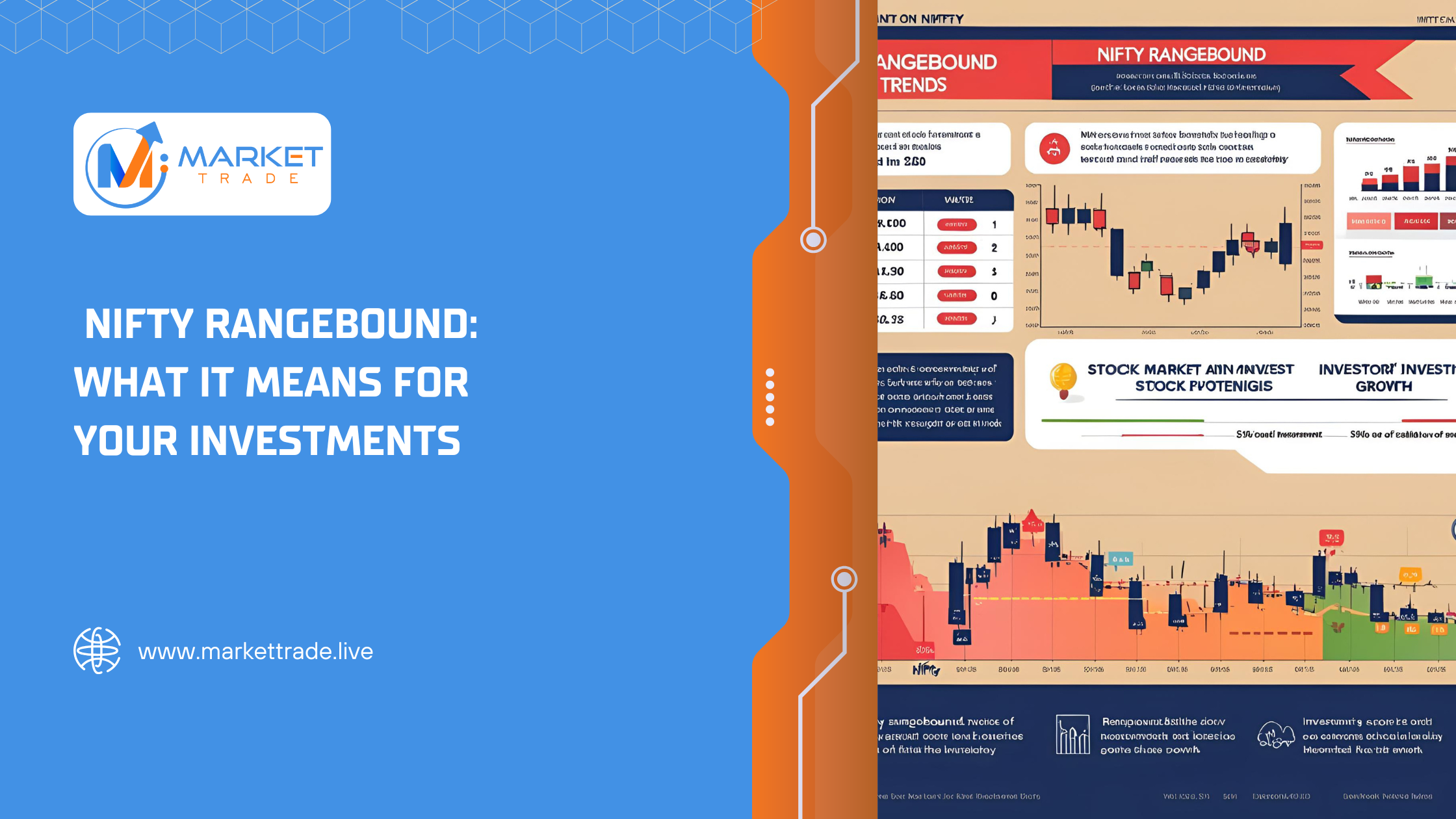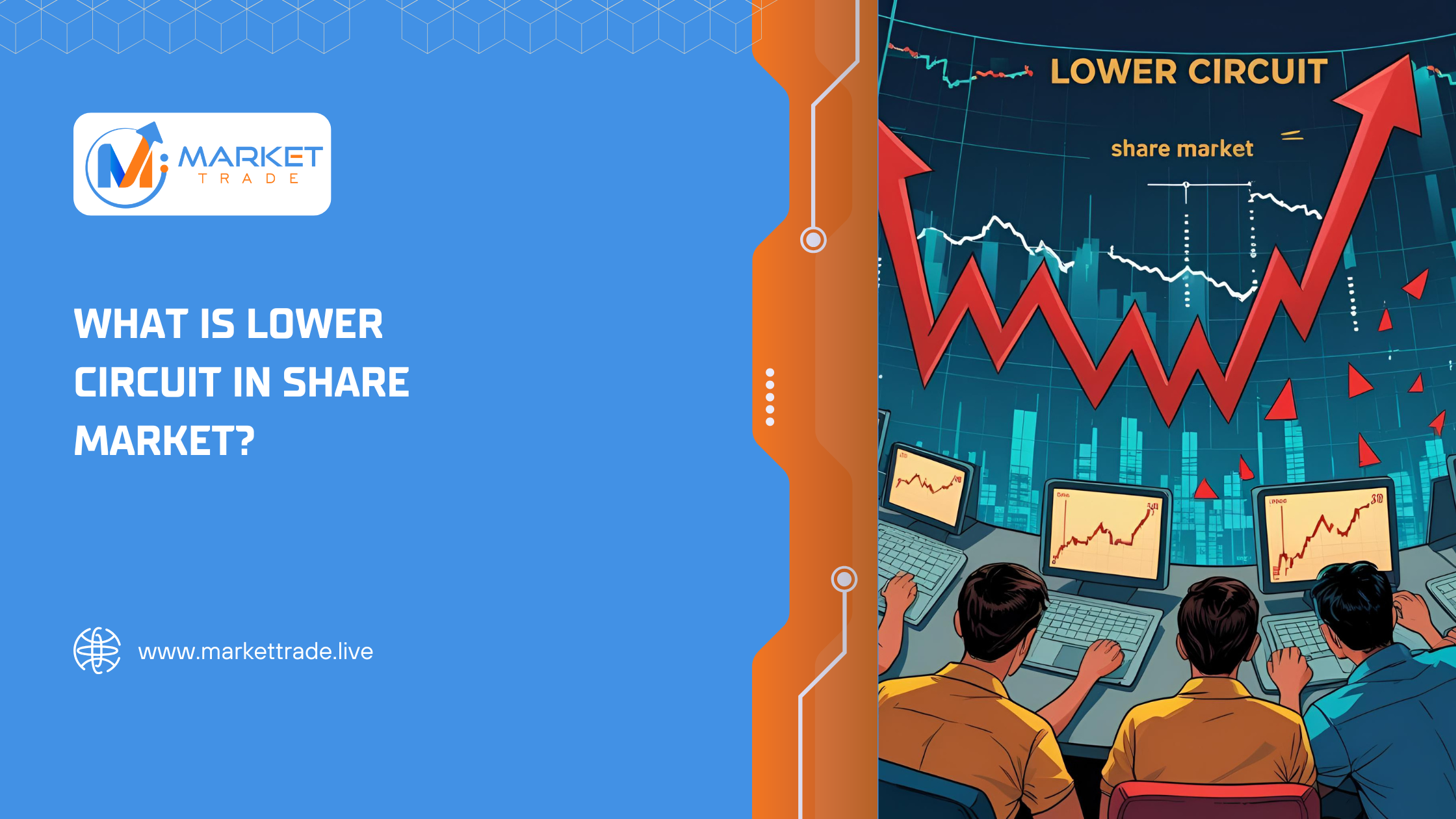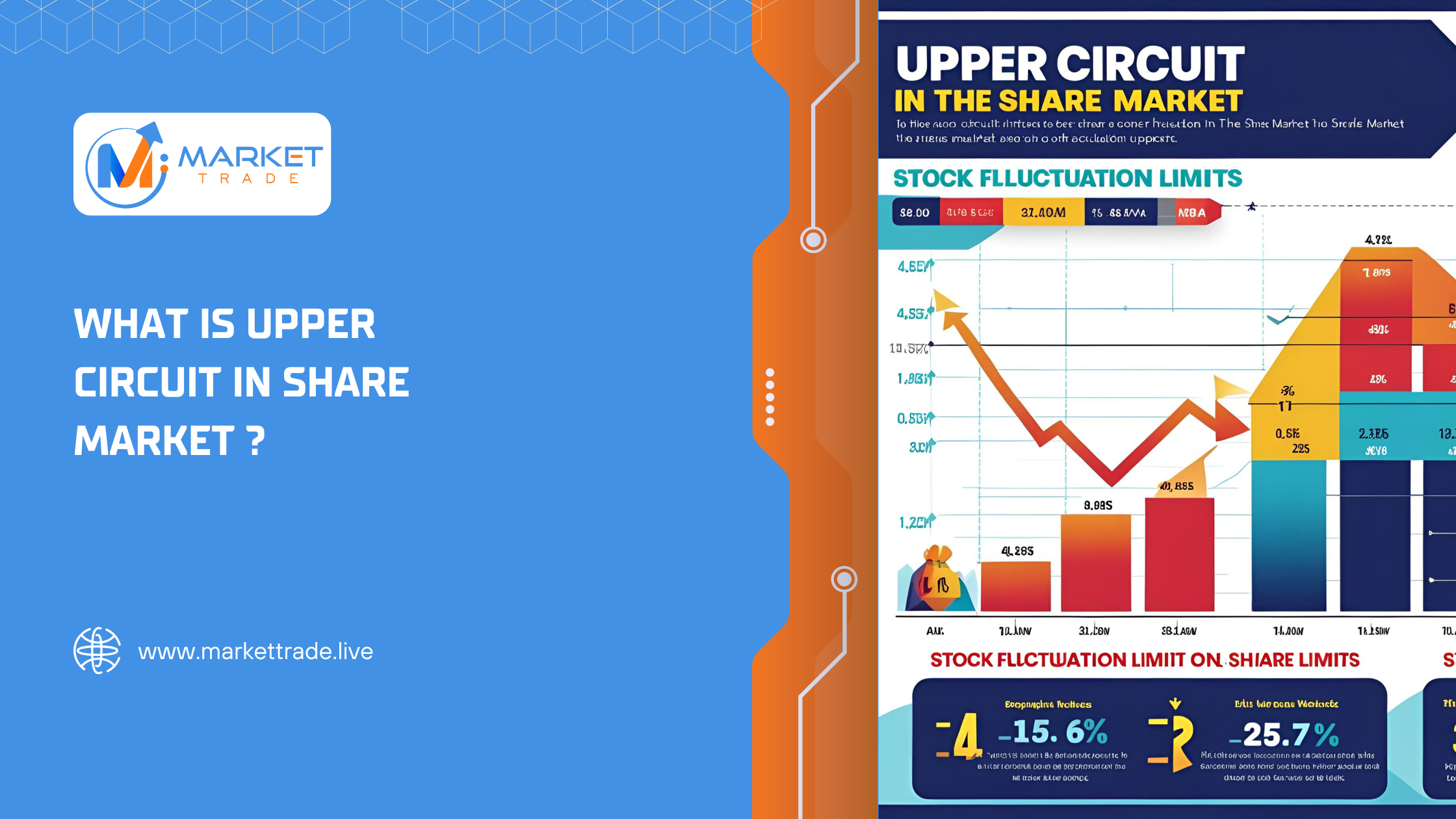Introduction In the early hours of May 6, 2025, India launched Operation Sindoor, a series of precision air and drone strikes targeting nine locations in Pakistan and Pakistan-administered Kashmir. This decisive action was in retaliation for a terrorist attack in Pahalgam, Kashmir, which claimed the lives of 26 Indian tourists. The operation has not only escalated geopolitical tensions but also had significant repercussions on financial markets, particularly the Indian stock market. This blog delves into the multifaceted impact of Operation Sindoor on the Indian stock market, analyzing immediate reactions, historical parallels, investor sentiment, and strategic considerations for stakeholders. Operation Sindoor: A Brief Overview Operation Sindoor was initiated as a countermeasure against terrorist infrastructures linked to groups like Jaish-e-Mohammed and Lashkar-e-Taiba. The Indian Armed Forces executed 24 precision strikes on nine terror camps located in areas including Bahawalpur, Muridke, and Muzaffarabad. The operation reportedly resulted in the elimination of over 100 terrorists, as confirmed by Defence Minister Rajnath Singh . Pakistan’s response was swift, with claims of downing several Indian jets and vows of retaliation. The situation has drawn international attention, with global leaders urging restraint to prevent further escalation . Immediate Market Reactions Indian Stock Market’s Resilience Contrary to expectations, the Indian stock market exhibited remarkable resilience in the face of escalating tensions. On May 7, the BSE Sensex opened 692 points lower but recovered swiftly, closing marginally higher. Similarly, the Nifty 50 index rebounded from initial losses, reflecting investor confidence in the Indian economy’s stability . Analysts attribute this steadiness to several factors: Impact on Pakistan’s Financial Markets In stark contrast, Pakistan’s financial markets experienced significant turmoil. The KSE-100 index plummeted over 6%, triggering a trading halt. The market’s instability reflects underlying economic vulnerabilities exacerbated by geopolitical tensions . Historical Context: Market Behavior During Conflicts Understanding the Indian stock market’s behavior during previous Indo-Pak conflicts provides valuable insights: These patterns suggest that while geopolitical events can cause immediate market jitters, the Indian stock market often demonstrates resilience, provided the conflict remains contained. Investor Sentiment and Strategic Considerations Mutual Fund Investors Financial advisors recommend that mutual fund investors maintain their investment strategies, emphasizing the importance of long-term goals over short-term market fluctuations. Historical data supports the notion that staying invested during periods of volatility can lead to favorable outcomes . Foreign Institutional Investors (FIIs) FIIs have shown cautious optimism, closely monitoring the situation. While some have adopted a wait-and-see approach, the absence of significant capital outflows indicates sustained confidence in India’s economic trajectory. Sectoral Impact Analysis Certain sectors are more susceptible to geopolitical tensions: Investors should assess sector-specific risks and opportunities, aligning their portfolios accordingly. Currency and Commodity Markets The Indian Rupee experienced a marginal depreciation against the US Dollar, closing at 84.77, influenced by heightened cross-border tensions . Commodity markets, particularly gold, saw increased activity as investors sought safe-haven assets. Government and Regulatory Responses The Indian government has taken measures to ensure market stability: These proactive steps aim to maintain investor confidence and market integrity. Sectoral Impact Analysis Certain sectors are more susceptible to geopolitical tensions, with defense stocks taking center stage following Operation Sindoor. 1. Defence and Aerospace Stocks Amid escalating border tensions and a strong nationalist sentiment, defence stocks in India saw significant investor interest post-Operation Sindoor. The rationale is clear — with increased focus on national security and self-reliance under the Make in India initiative, companies in the defense sector are poised to benefit from: Key Defence Stocks to Watch: Investment Insight: In times of conflict or military assertiveness, defence stocks in India tend to outperform the broader market in the short to mid-term. However, these investments are best approached with a medium to long-term horizon, considering regulatory processes and policy continuity. Sectoral Impact Analysis (Extended) 1. Defence and Aerospace Stocks in Focus In the aftermath of Operation Sindoor, the spotlight turned sharply toward India’s defence sector. Given the clear shift in national security strategy and enhanced government backing, defence stocks in India are increasingly being viewed as long-term value plays, rather than mere event-driven spikes. Government’s Push for Self-Reliance The Ministry of Defence has intensified its commitment to the Atmanirbhar Bharat (self-reliant India) initiative, with a focus on reducing dependency on foreign military imports. India has already banned over 400 items from being imported, creating a golden opportunity for domestic defence companies. Recent Developments Driving the Rally: Top Defence Stocks Riding the Wave: Company Name Sector Focus Post-Sindoor Movement Outlook Hindustan Aeronautics Ltd (HAL) Aircraft, helicopters, fighter jets ↑ 4% Strong order book, long-term growth Bharat Electronics Ltd (BEL) Radar, avionics, electronic warfare ↑ 3.5% Key beneficiary of domestic procurement Mazagon Dock Shipbuilders Naval destroyers, submarines ↑ 6% Expected to receive Navy orders Cochin Shipyard Aircraft carriers, support vessels ↑ 5% Focus on warship exports & local contracts Paras Defence and Space Technologies Drones, optics, space & defence ↑ 7% Niche tech player with strong R&D Data Patterns (India) Ltd Electronic systems, embedded software ↑ 6.2% Growing role in missile & satellite tech Zen Technologies Combat training simulators, UAVs ↑ 8% AI integration in combat systems 2. Investor Sentiment & Institutional Interest Foreign Institutional Investors (FIIs) and Domestic Institutional Investors (DIIs) have both increased their exposure to defence sector stocks, particularly in the mid-cap and small-cap segments. Mutual funds like SBI Defence Fund and ICICI Prudential’s Bharat 22 ETF have seen increased inflows. Retail investors are also turning bullish on the sector due to: 3. Risks and Volatility Despite its current momentum, investing in defence stocks in India involves several risks: Prudent investors should diversify their exposure, favor companies with strong order books, and monitor quarterly results for execution metrics. 4. Conclusion on Defence Sector Outlook With India likely to remain in a high-alert geopolitical zone, and with the government doubling down on indigenous capabilities, the defence sector is no longer just a tactical play. It’s becoming a strategic allocation for investors looking for long-term themes aligned with national policy and global demand. In the context of Operation Sindoor, it’s evident that the Indian













